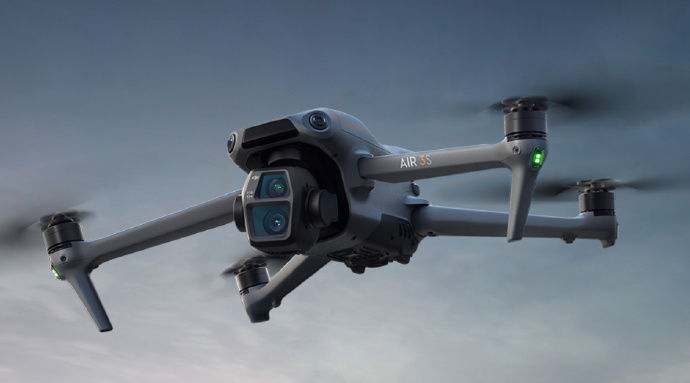Radar-Based Detection Essentials
Radar technology remains a cornerstone of drone detection. Capable of scanning vast distances and operating under various environmental conditions, radar provides robust detection capabilities. Drones, often small and maneuverable, present unique challenges for radar operators. Modern radar systems are designed to distinguish between drones and other airborne objects, such as birds or planes, ensuring precision in target identification.
With radar’s ability to monitor multiple targets simultaneously, it becomes indispensable in areas with high drone activity. Coupled with AI-enhancements, radar systems analyze patterns, predict drone movements, and rapidly alert security personnel about incursions, thereby minimizing response time.
RF Sensors in Drone Monitoring
RF sensors play a critical role in identifying drones via radio frequency signals. Each drone emits specific RF patterns, which RF detectors can capture and analyze. These sensors are adept at detecting drones in urban environments where visual or radar methods might falter due to obstructions. Moreover, RF technology helps determine the drone’s make and model by analyzing unique signal signatures, providing critical data for security and investigative purposes.
RF systems continue to evolve, with increased accuracy and range. They offer a covert method of detection, not requiring line-of-sight visibility to locate potential threats. This stealth aspect makes RF an invaluable asset in drone monitoring and management.
Acoustic Sensors: Listening to the Skies
Acoustic sensors utilize sound waves to detect the presence of drones, relying on their distinct noise signatures. This form of detection is particularly useful in demanding environments where visual and RF sensors might be obscured. By analyzing frequency patterns, acoustic systems can pinpoint a drone’s location and classify its type, aiding in swift identification and response.
Multiple sensors can triangulate drone positions accurately, offering precise tracking capabilities. Unlike radar and RF, acoustic sensors can detect drones with minimal power emissions, reducing operational footprint and costs.
Visual cameras remain essential in confirming drone presence, providing concrete evidence to support detections by other means. Modern camera systems, equipped with high-definition lenses and night vision capabilities, offer vast coverage areas. They record crucial footage for legal and regulatory purposes, ensuring comprehensive security measures.
Advanced image processing algorithms enhance camera efficacy, allowing for drone recognition in real-time. These visual confirmations complement other detection methods, establishing a multi-layered security framework.
Integrating Technologies for Optimal Security
The future of drone detection involves seamless integration of these technologies, creating a holistic approach to aerial security. Cross-communication between radar, RF, acoustic, and camera systems offers unparalleled surveillance capabilities, ensuring swift and accurate threat identification.
The usage of AI and machine learning in data analysis ensures systems can adapt to evolving drone technologies, consistently providing effective monitoring. Additionally, ongoing research into new materials and emission techniques bolsters detection systems.

Q1: Why is drone detection important?
A: Drone detection is crucial for maintaining security, protecting privacy, and preventing unauthorized access to restricted areas.
Q2: What challenges do existing detection systems face?
A: Current systems struggle with differentiating between drones and other objects, managing high-density environments, and resisting interference.
 Q3: How can drones be identified accurately?
Q3: How can drones be identified accurately?
A: By using integrated systems combining radar, RF, acoustic, and camera technologies supported by AI, accurate identification is achieved.